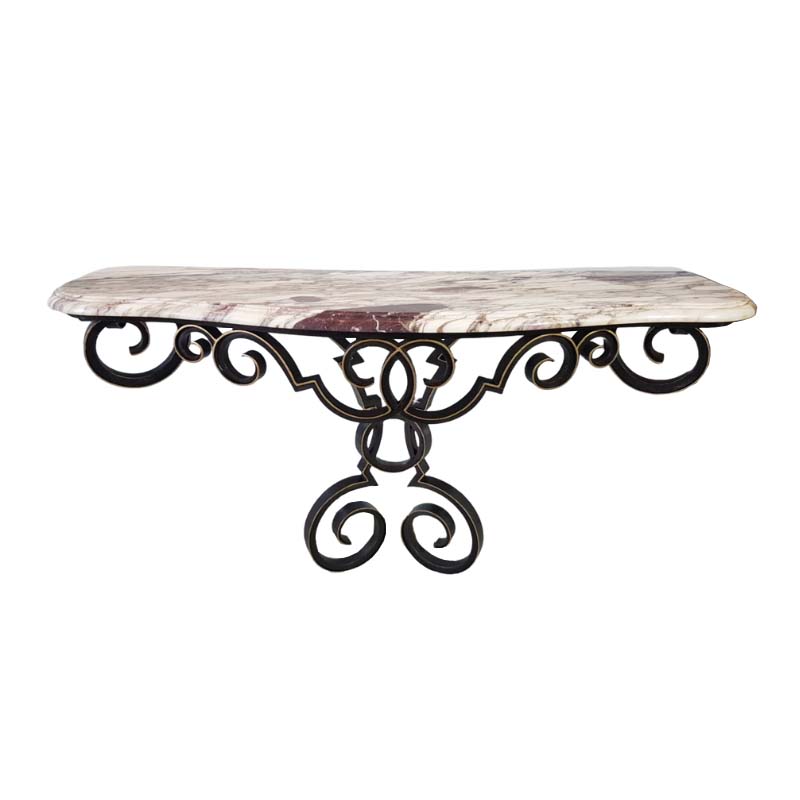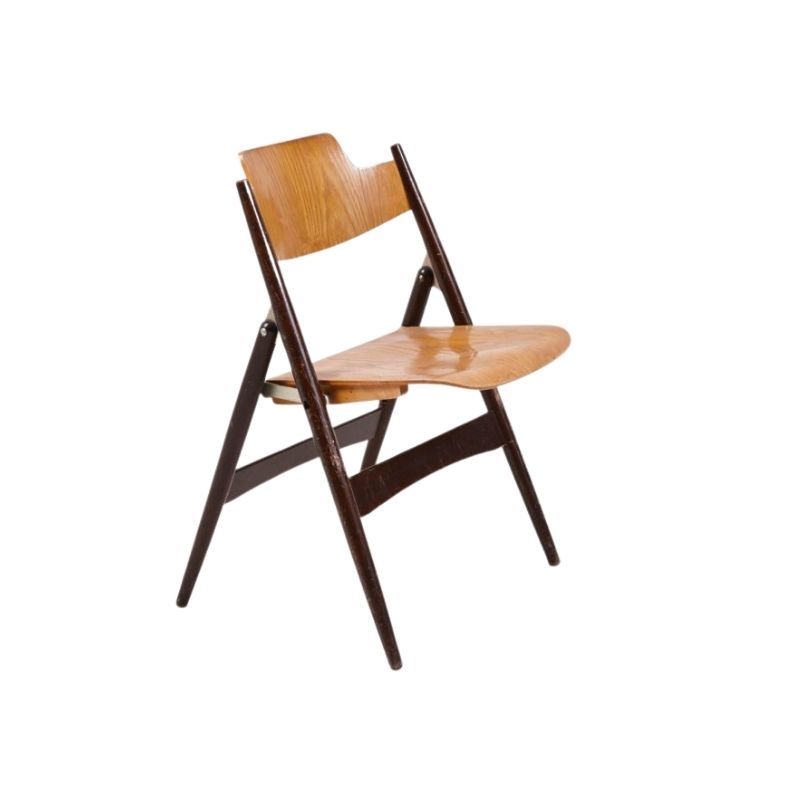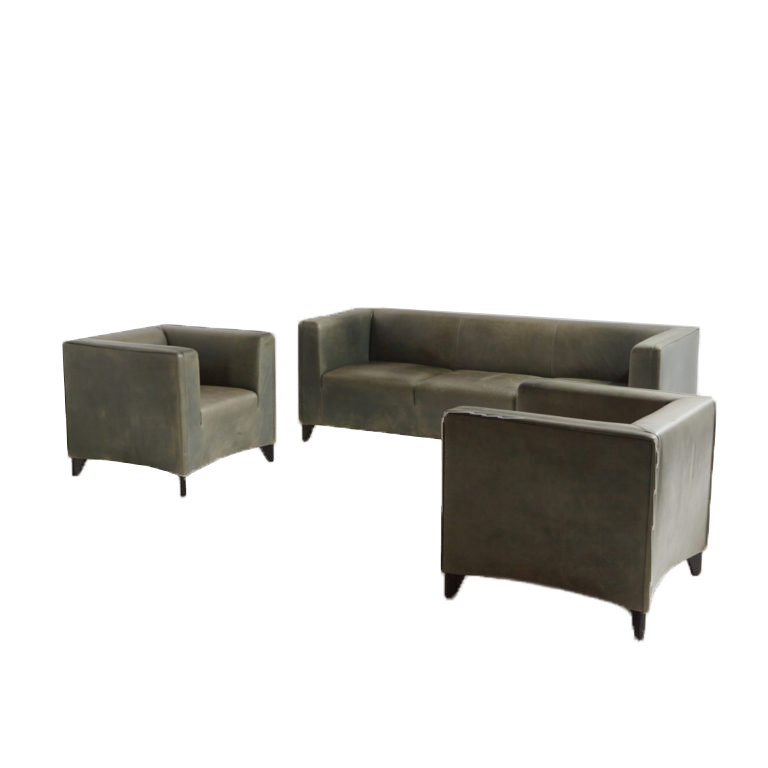Hello everybody,
I bought this table made of ash with 9 meribel chairs. The chairs are made of ash too, they are from Charlotte Perriand, steph Simon edition (one pic of chair for example)
I tried to find this model of table in the past auction of C. Perriand but found nothing. Is it a rare product or from another designer?
Thank you!  <img class="wpforo-default-image-attachment
<img class="wpforo-default-image-attachment 
I was wondering the same.
They are spaced half way between each underneath perpendicular beam, which makes me think they are structural--or intended to be structural. This is in spite of the fact that I don't see any structural purpose they would need to serve.
If the "lug" is the protruding tip of some sort of perpendicular spline (just guessing), that could explain why the tips are proud of the surface: the table top shrank. If this is correct I imagine it wasn't the intention.
Also, I see that the joints between the boards of the table top are quite loose. Seems like those joints would have been better executed.
Never saw this table before. Entirely function-driven constructivist design, apparently -- so what are the lugs protruding from the long edges of the top ?
Hi,
Thank you for answers. The lugs are pieces of wood through the top, side to side, each time there are two pieces, each piece have an angle and each block the other inside the wood to put together the parts of the top. IT IS the assembly system of the top!
Hello Ericson,
As I think this table is in original condition, nothing has been changed, I will put another pic of the joints of the top, I think they are well assembled, you will see closer. This way of work is the same with these joints on all Perriand tables, that's why I supposed it was from her but again, nothing like that on the net...
So the top is not glued together?
Better yet: can we see some photos of the table disassembled?
Also, since the wedge splines go through the whole table perpendicular to the grain (as best I can understand so far) it is guaranteed that they can not be made always flush with the surface. Even if they were installed and cut flush, the top would expand and contract leaving the splines either proud or short.
Interesting design. I've only ever seen anything like this joint in Japanese and Chinese joinery. I've often seen two beams joined at the ends with an interlocking cut that leaves a rectangular gap in the middle into which two wedges are driven, forcing the interlocking ends agains each other.
If you need any help, please contact us at – info@designaddict.com












